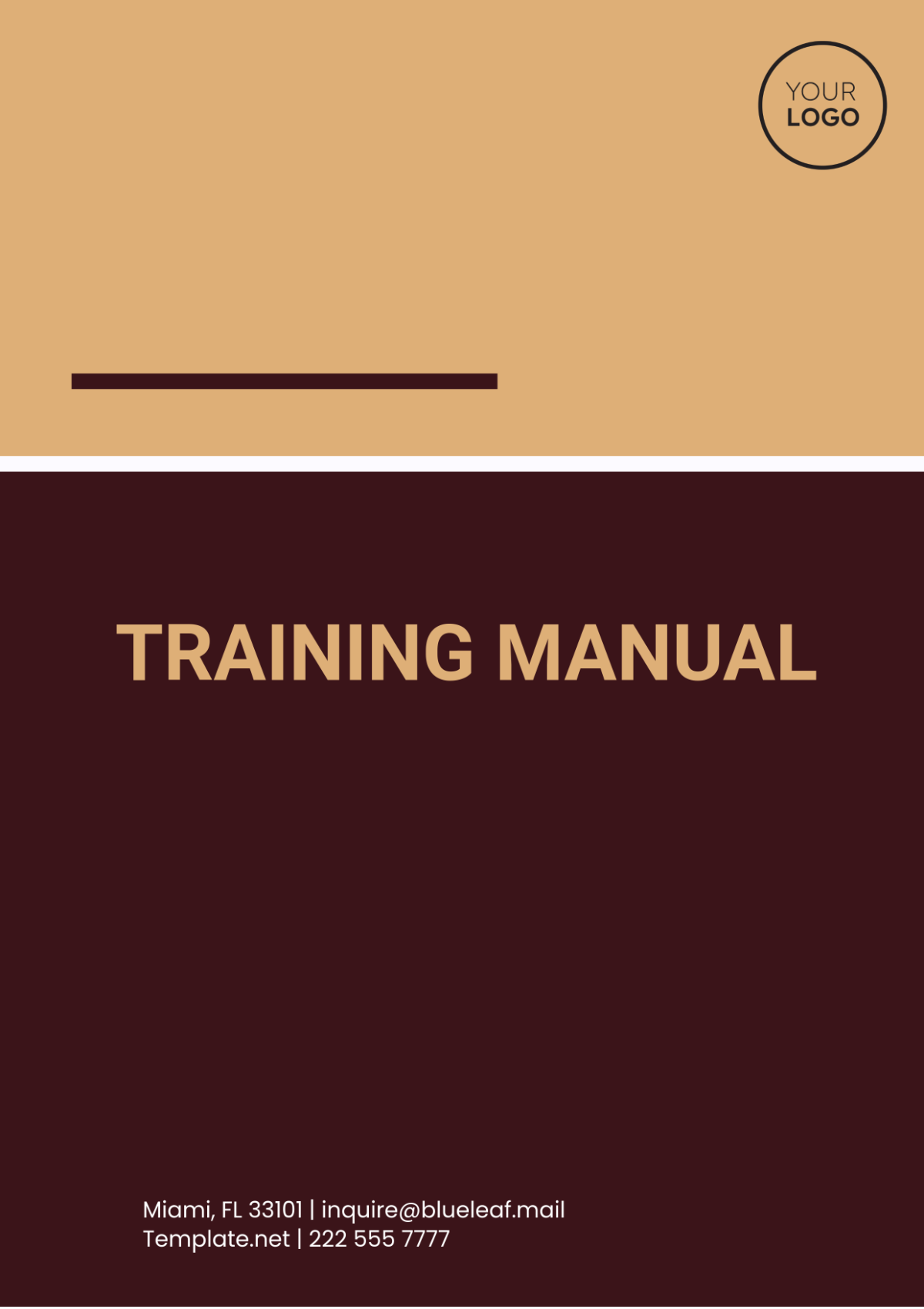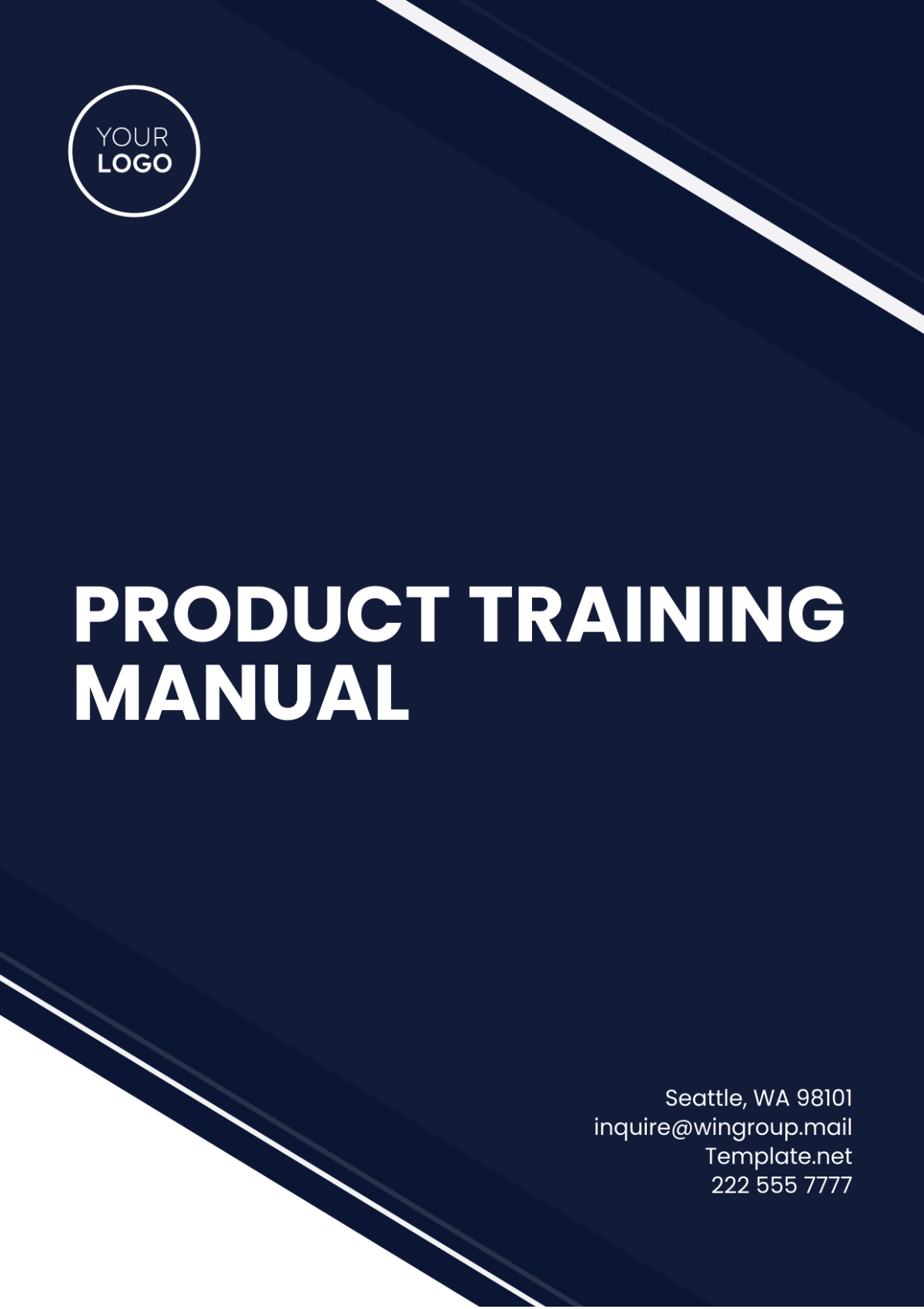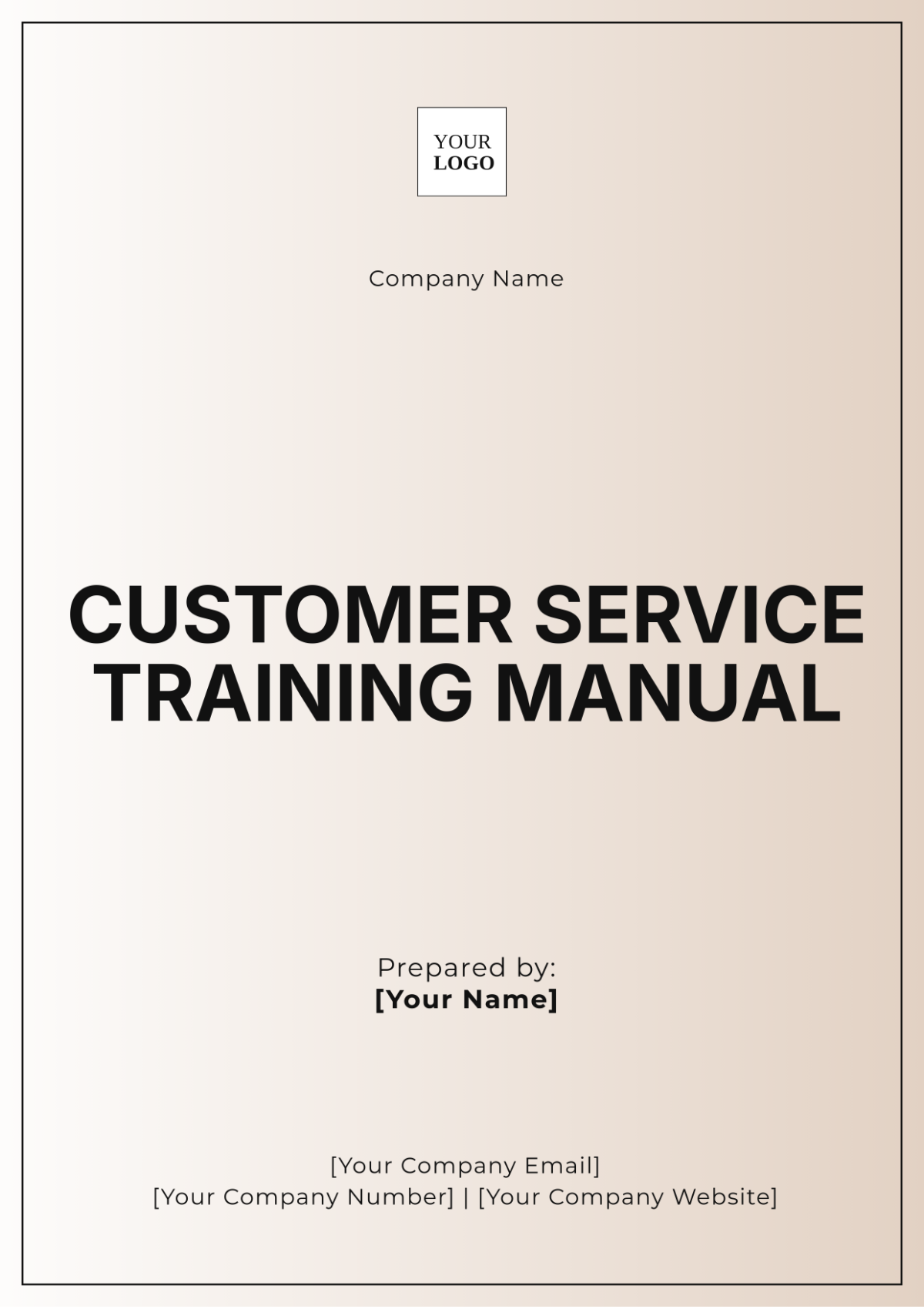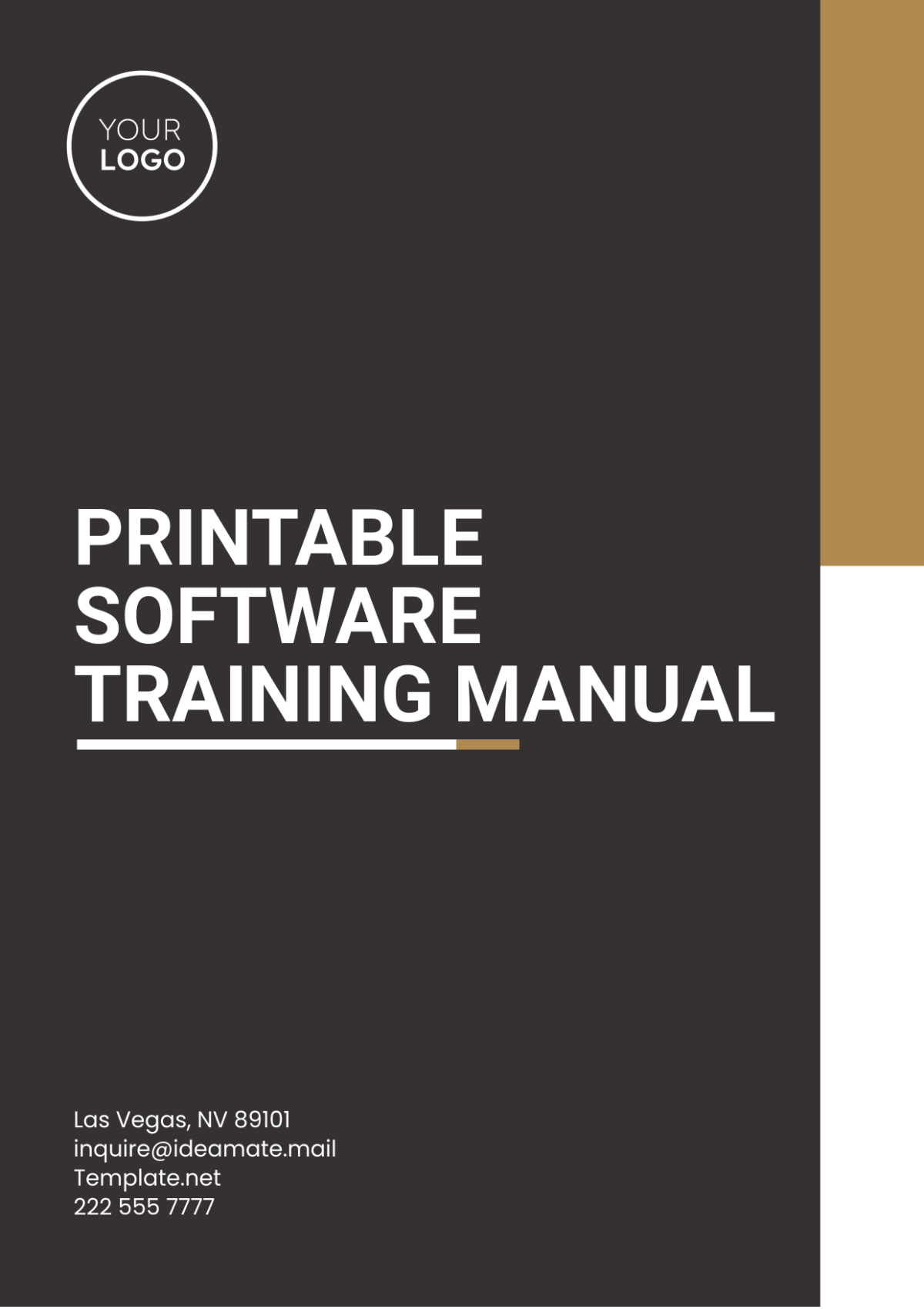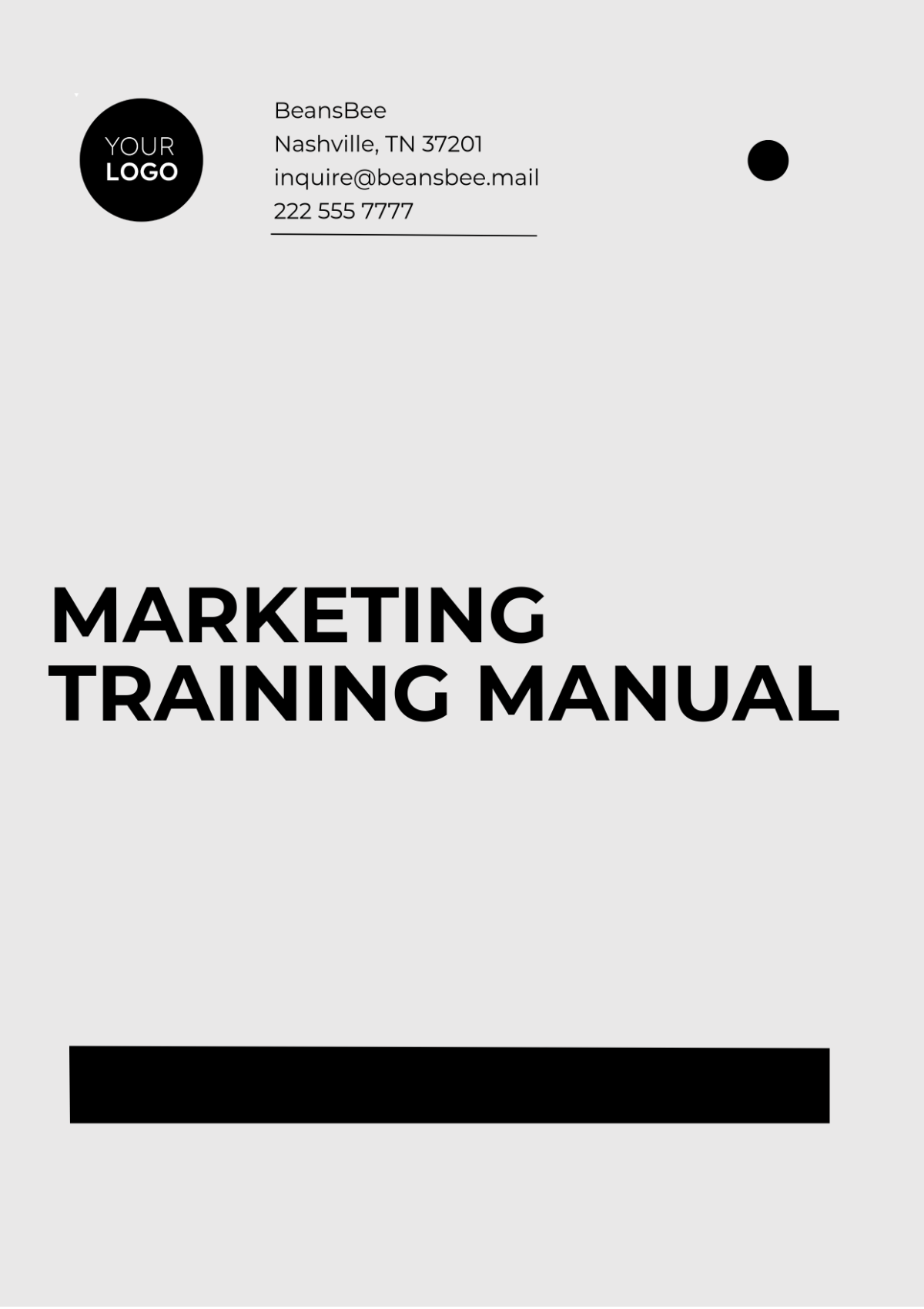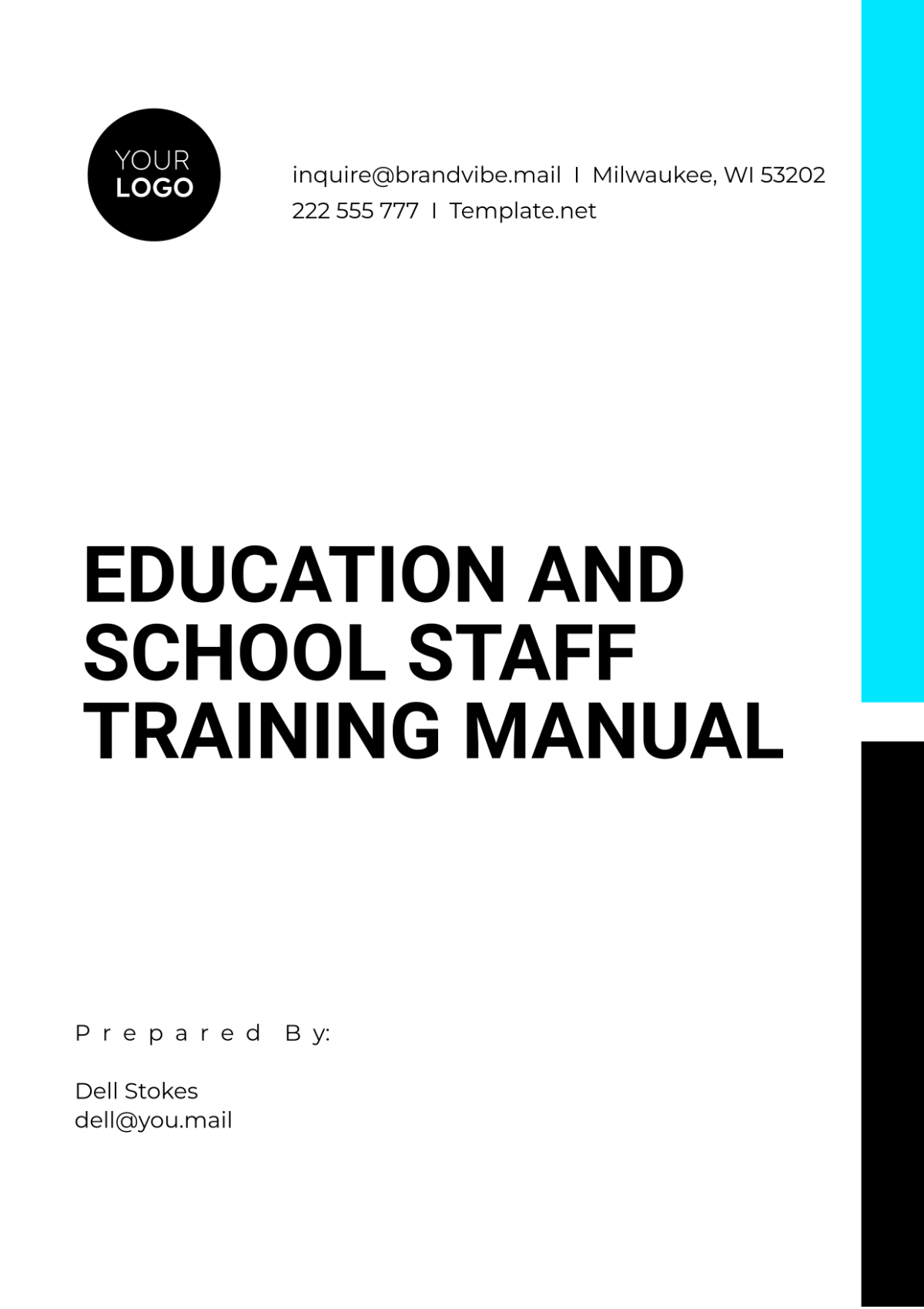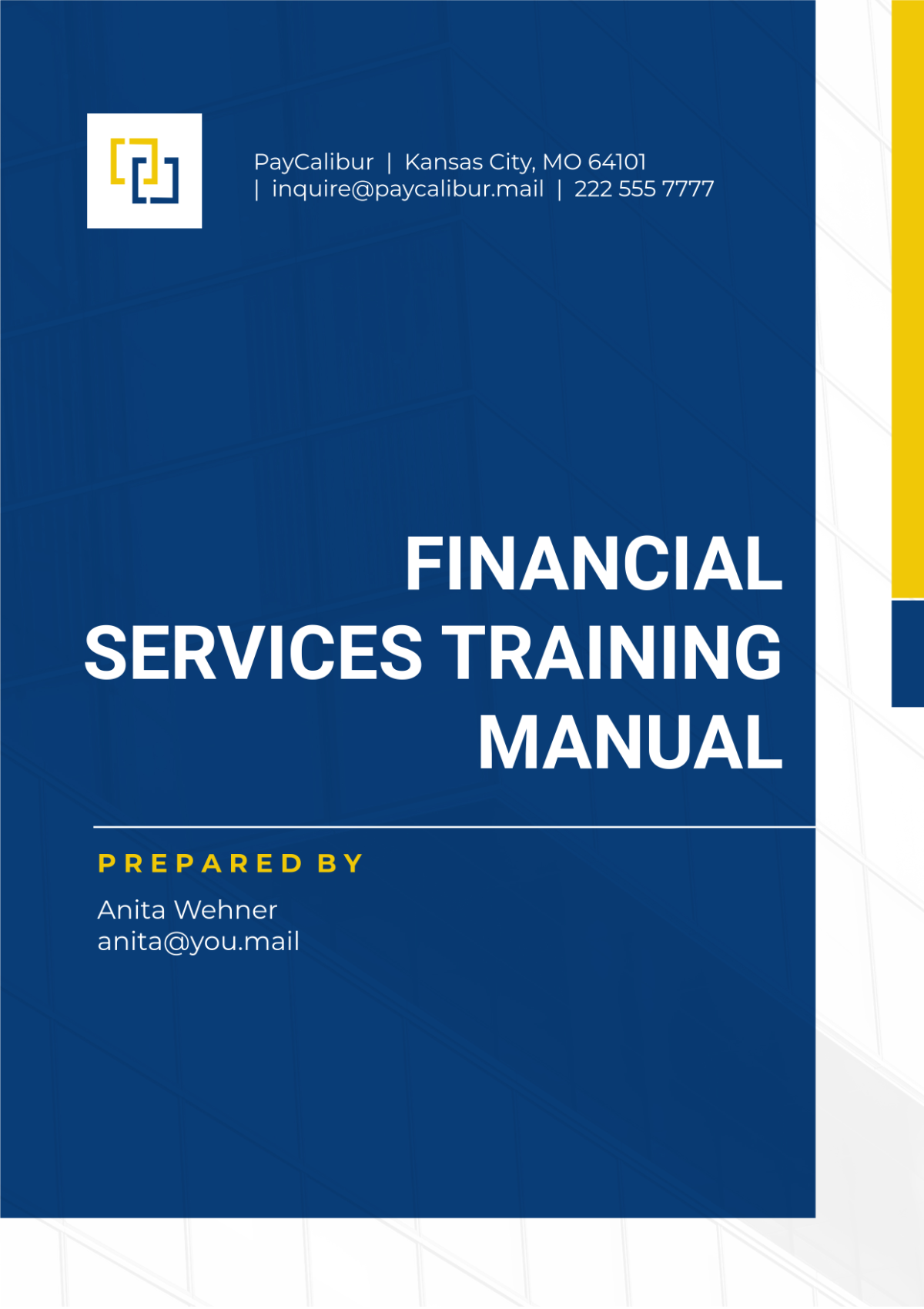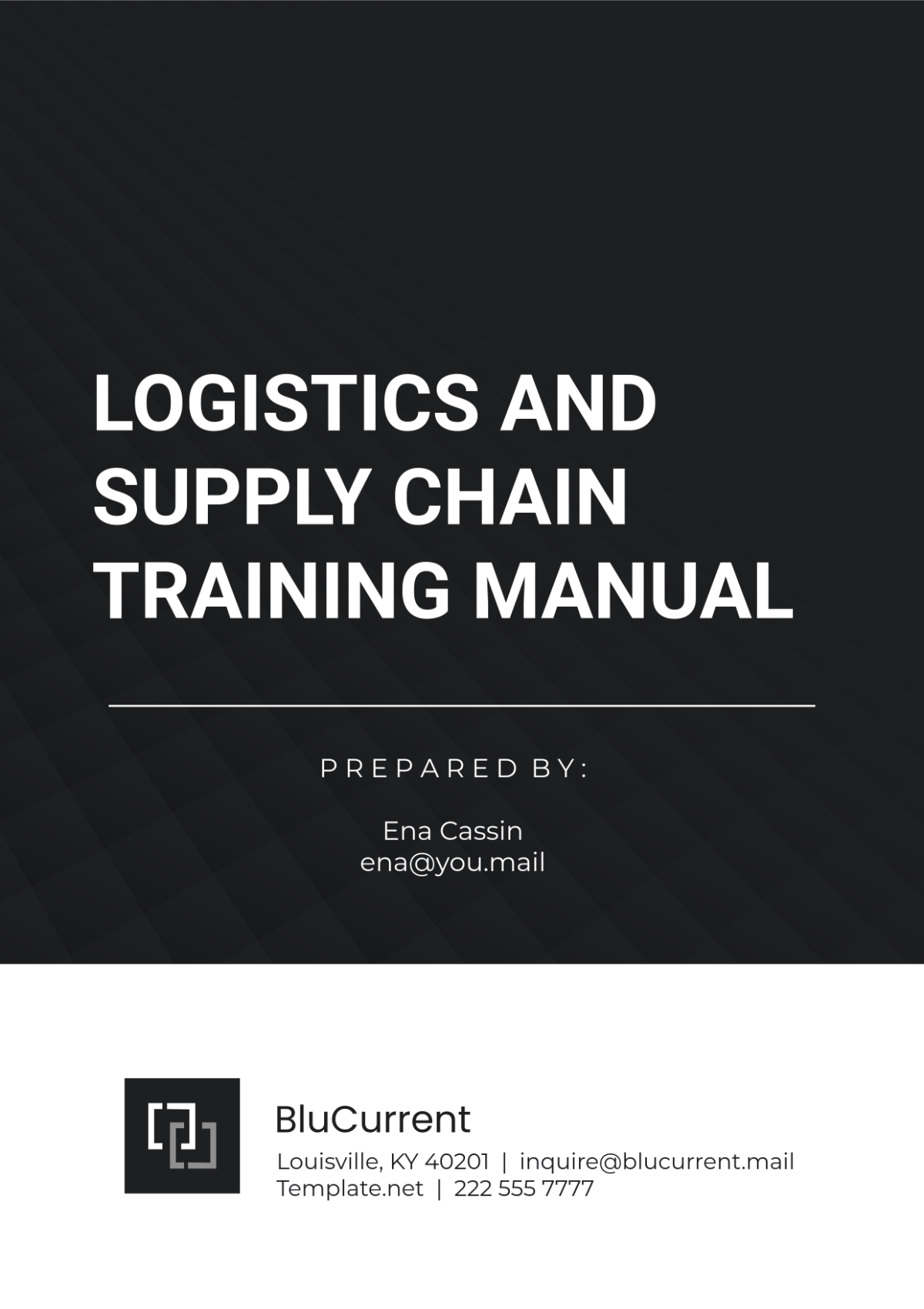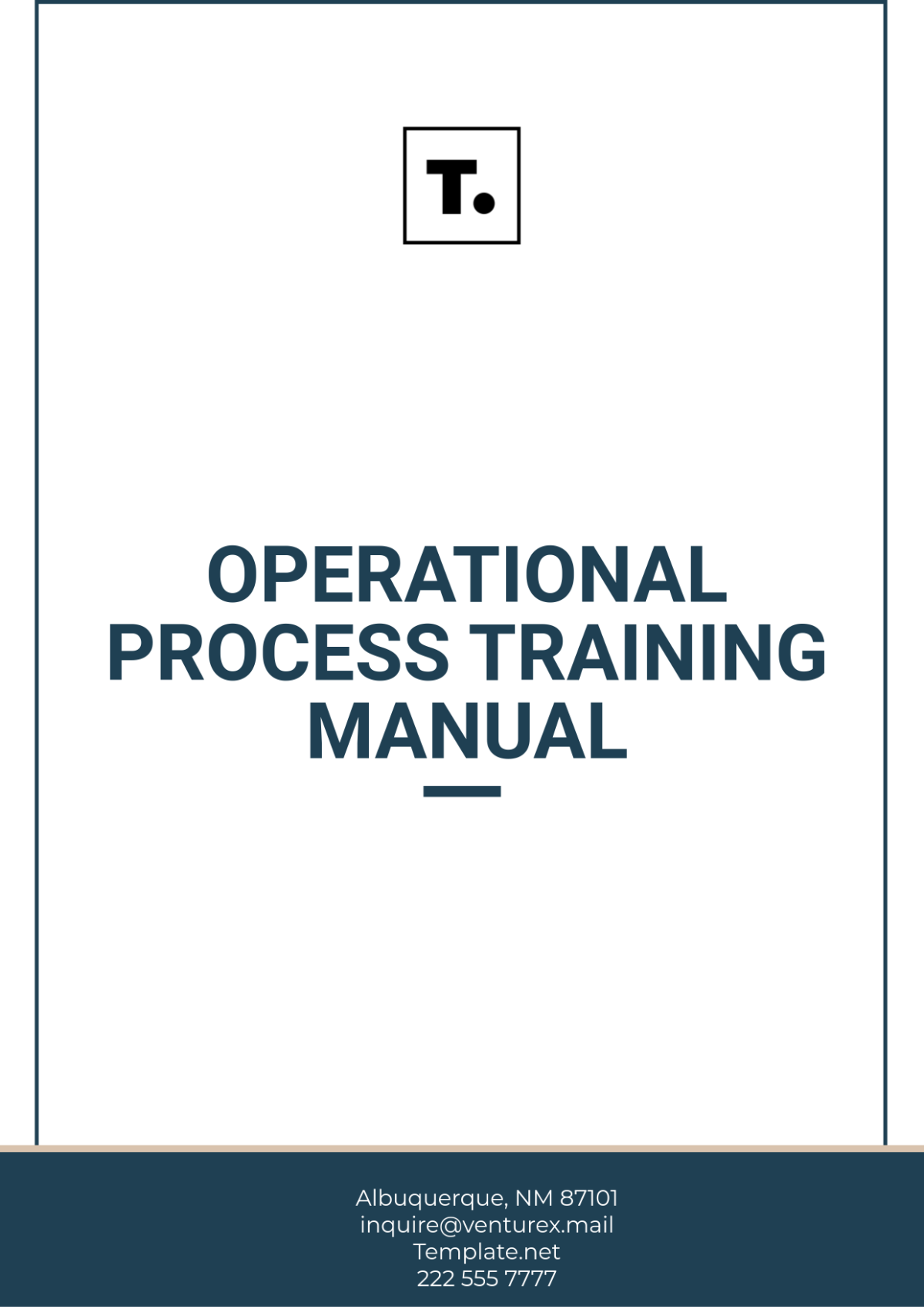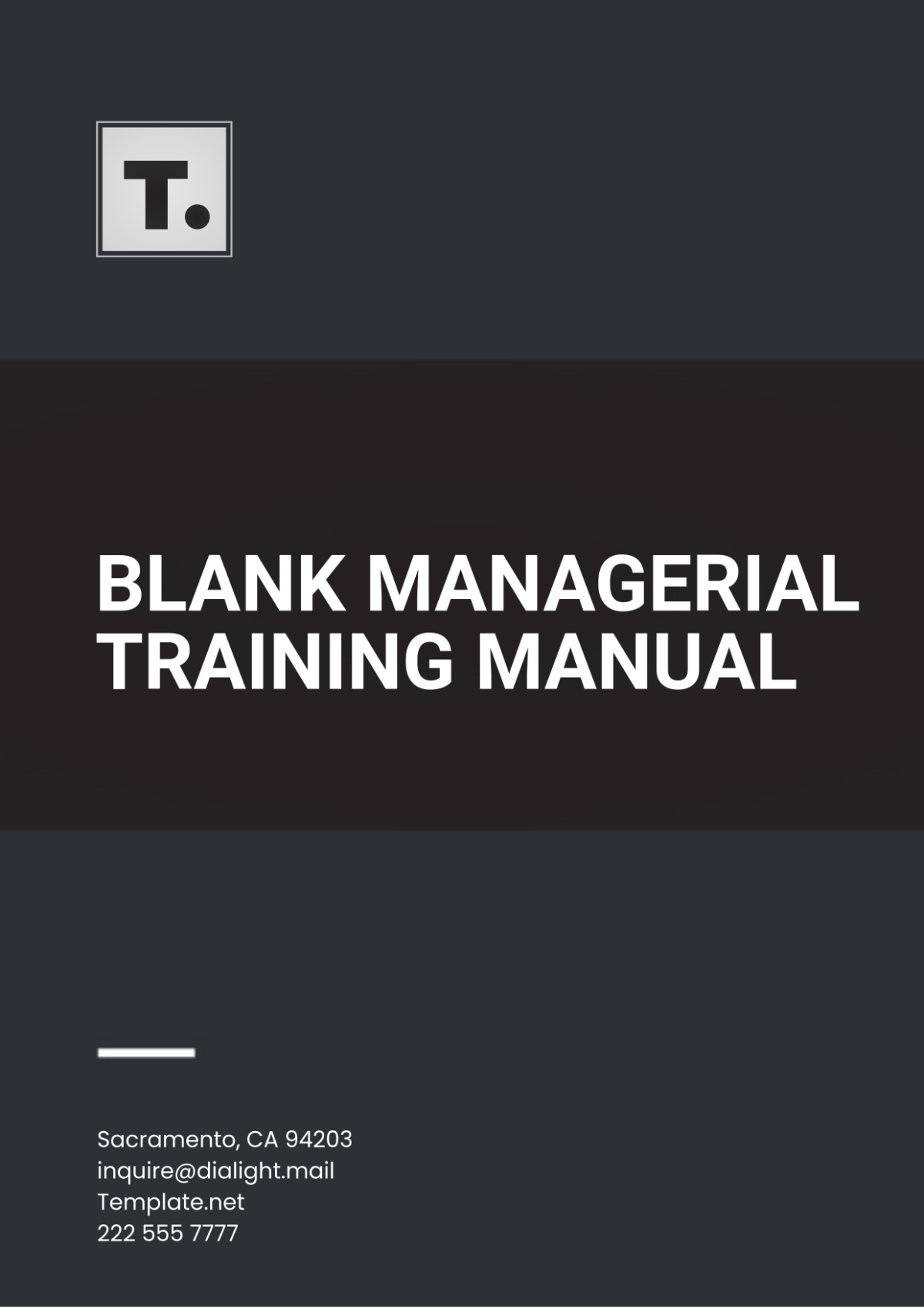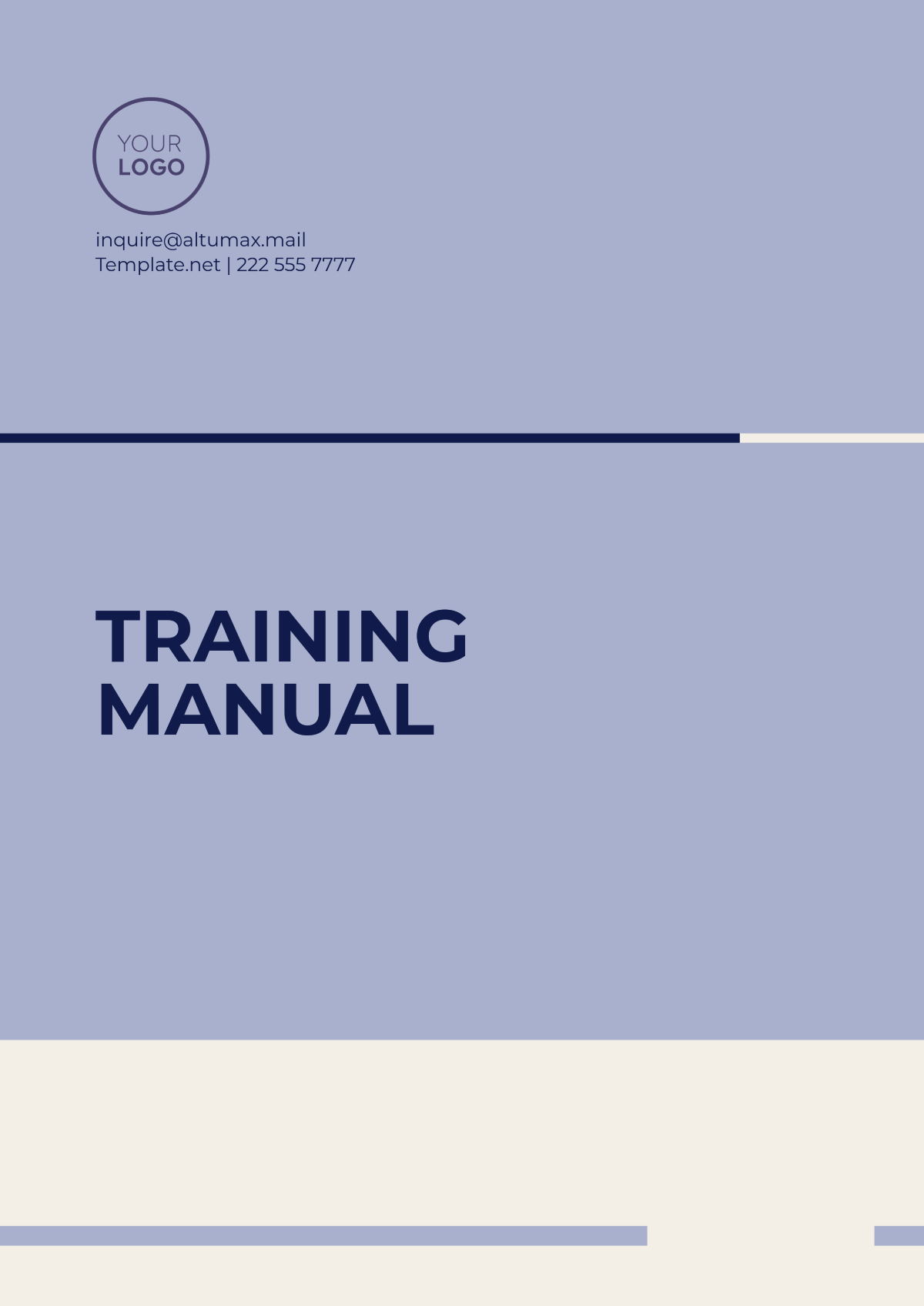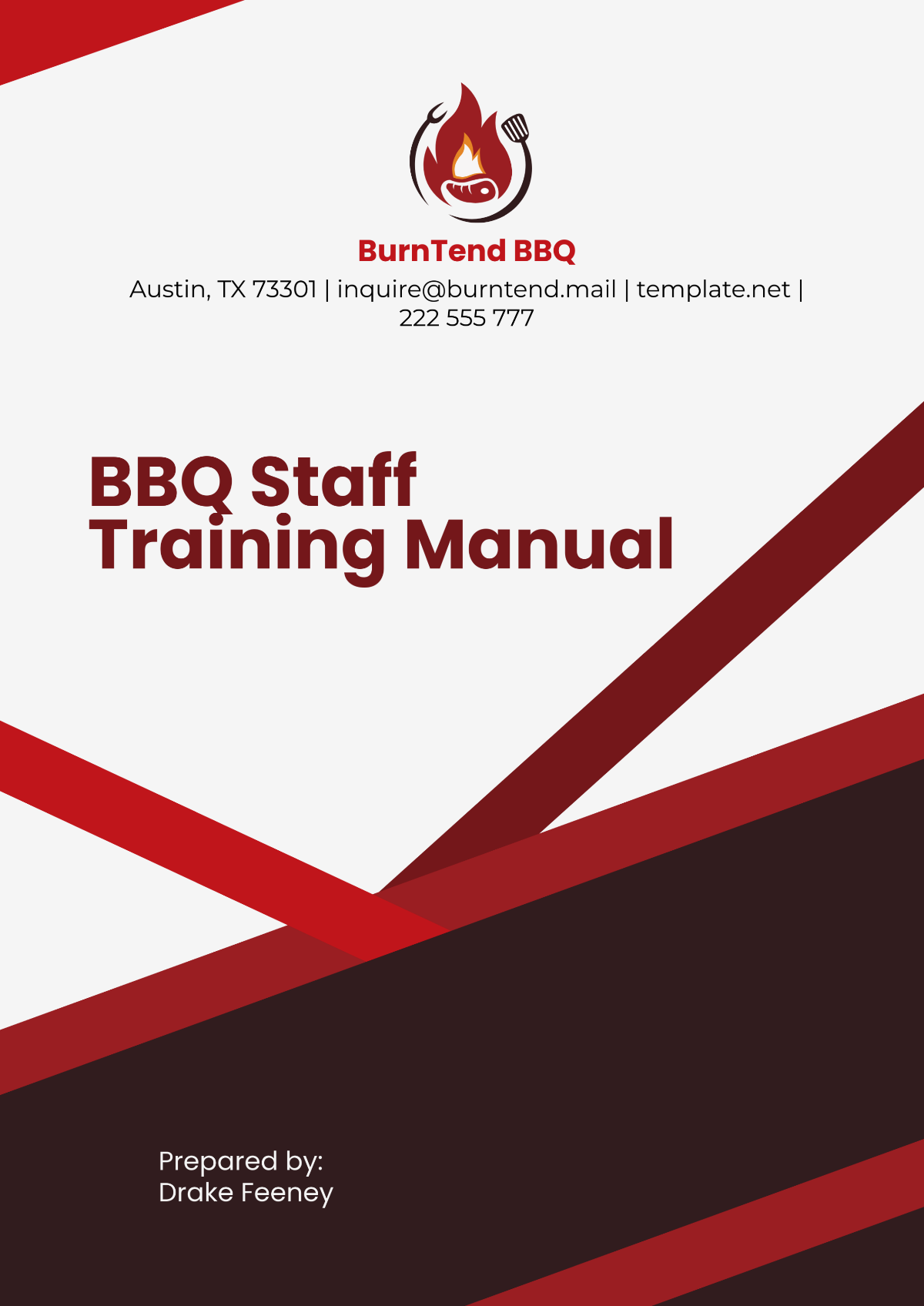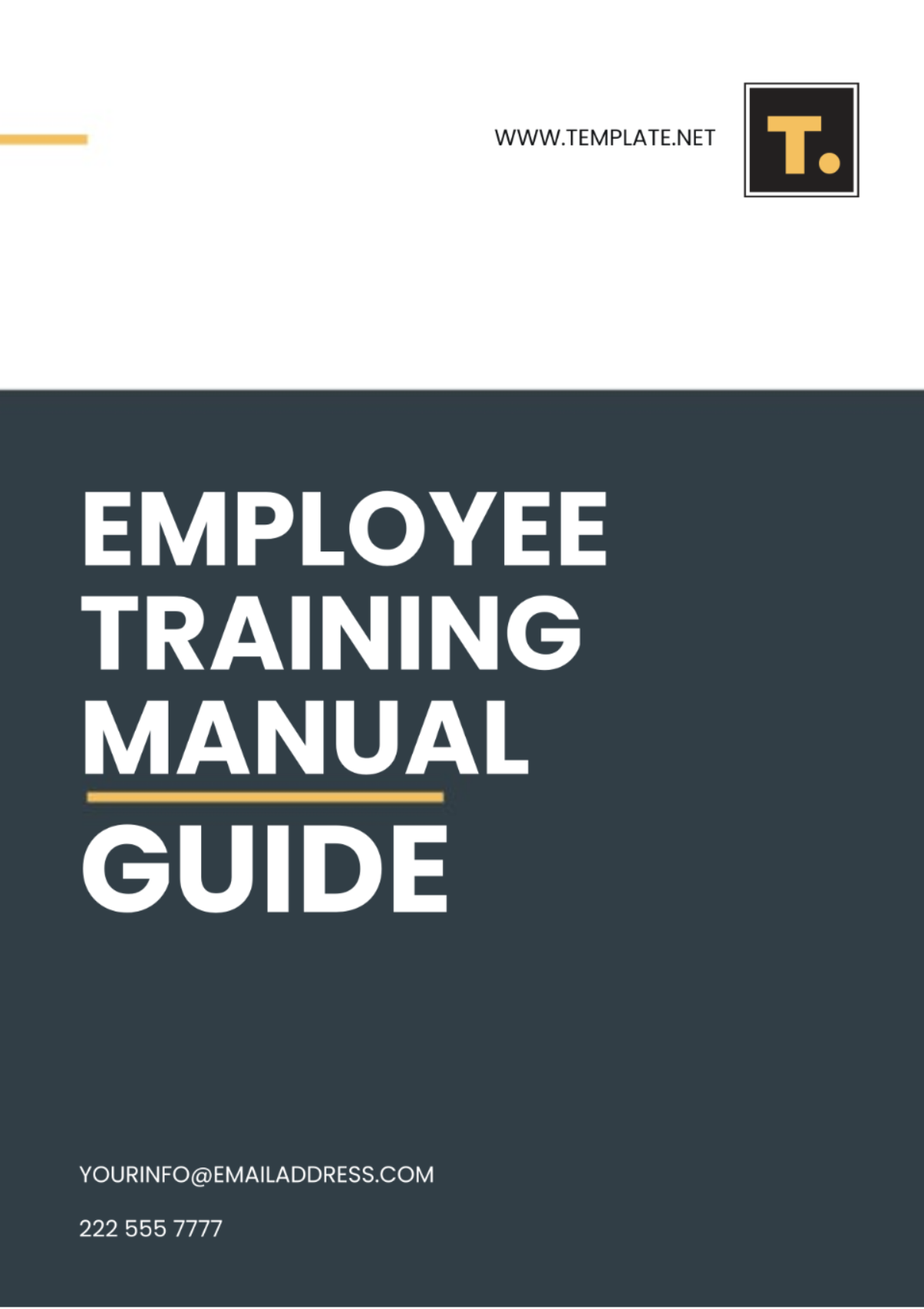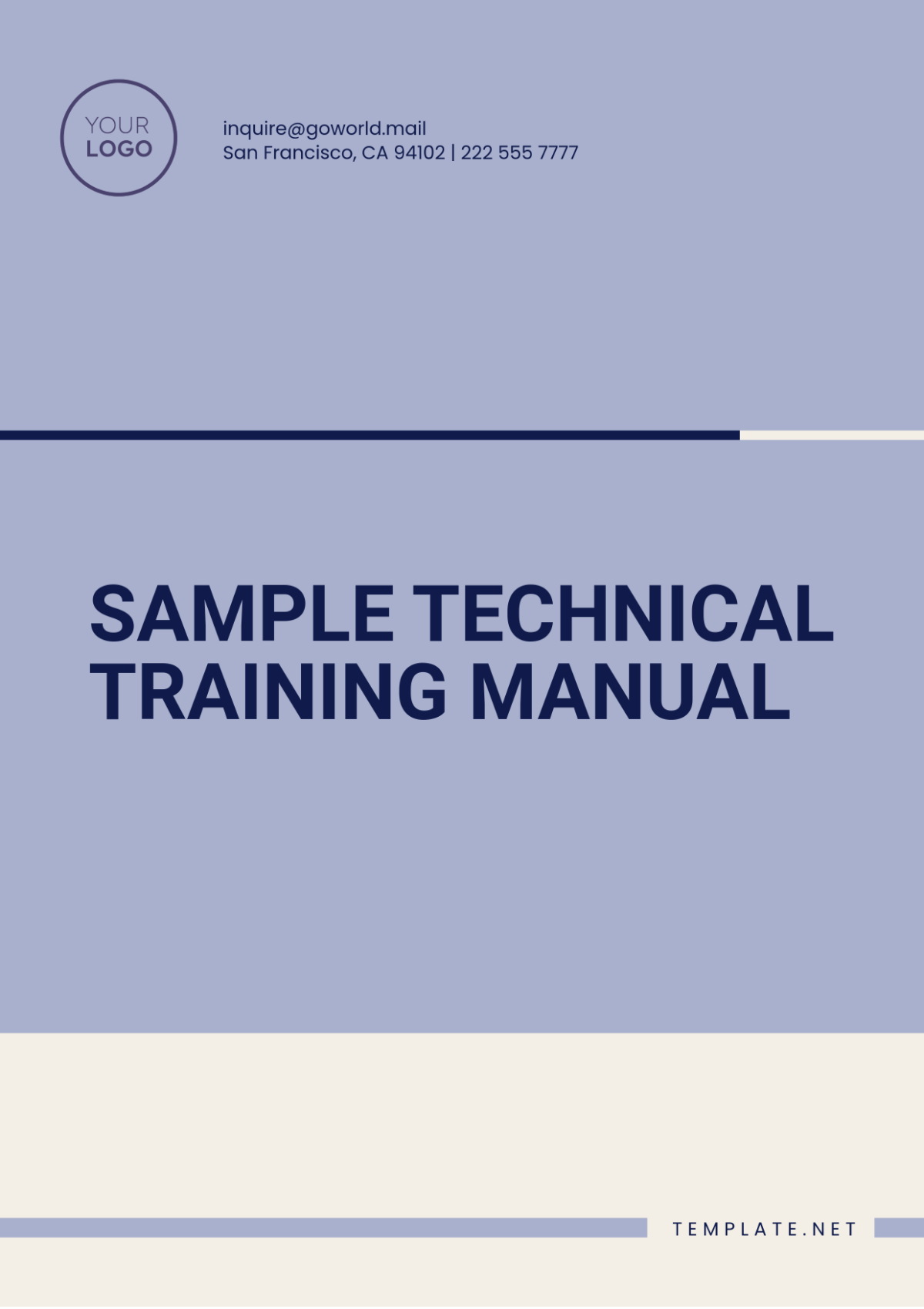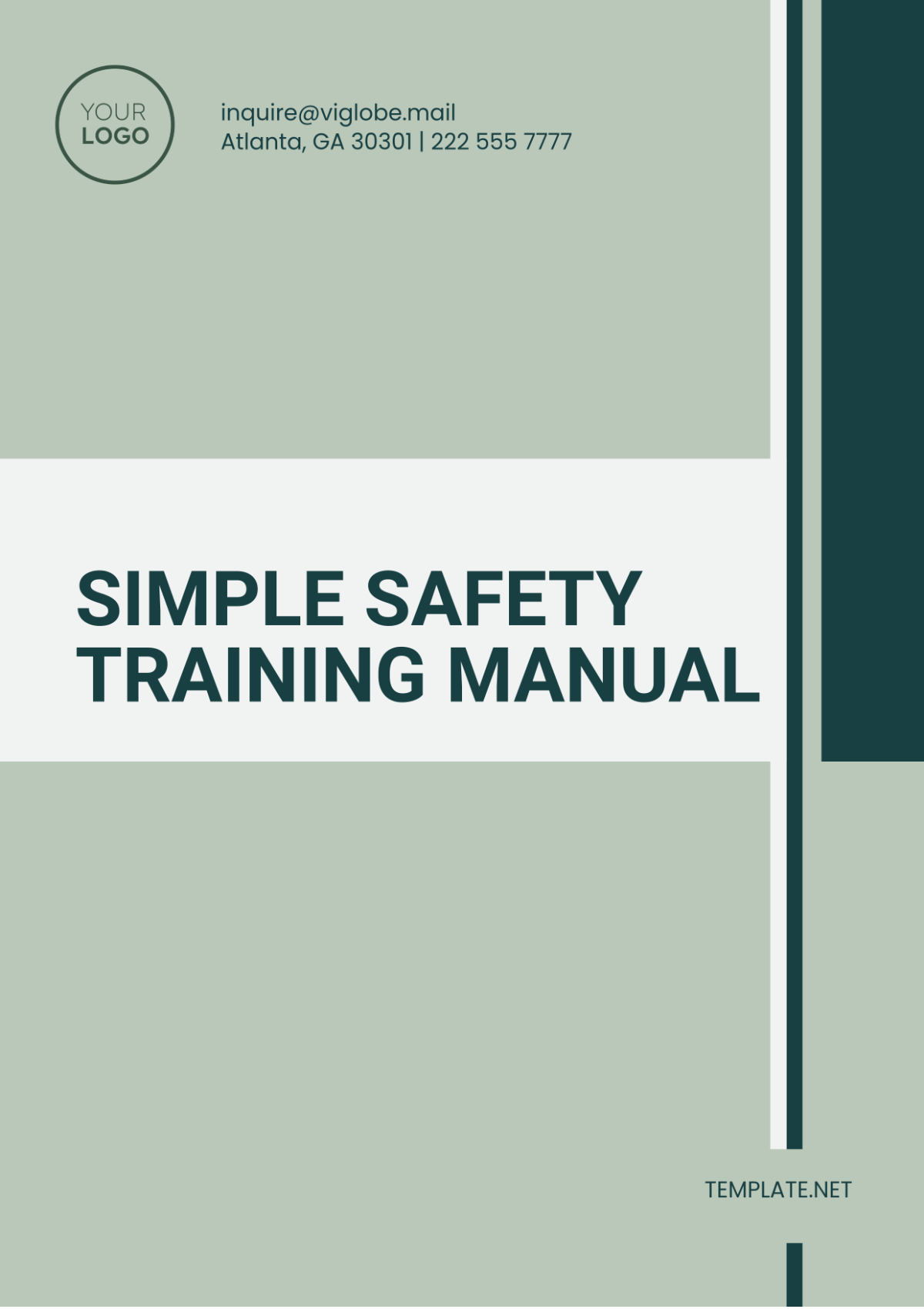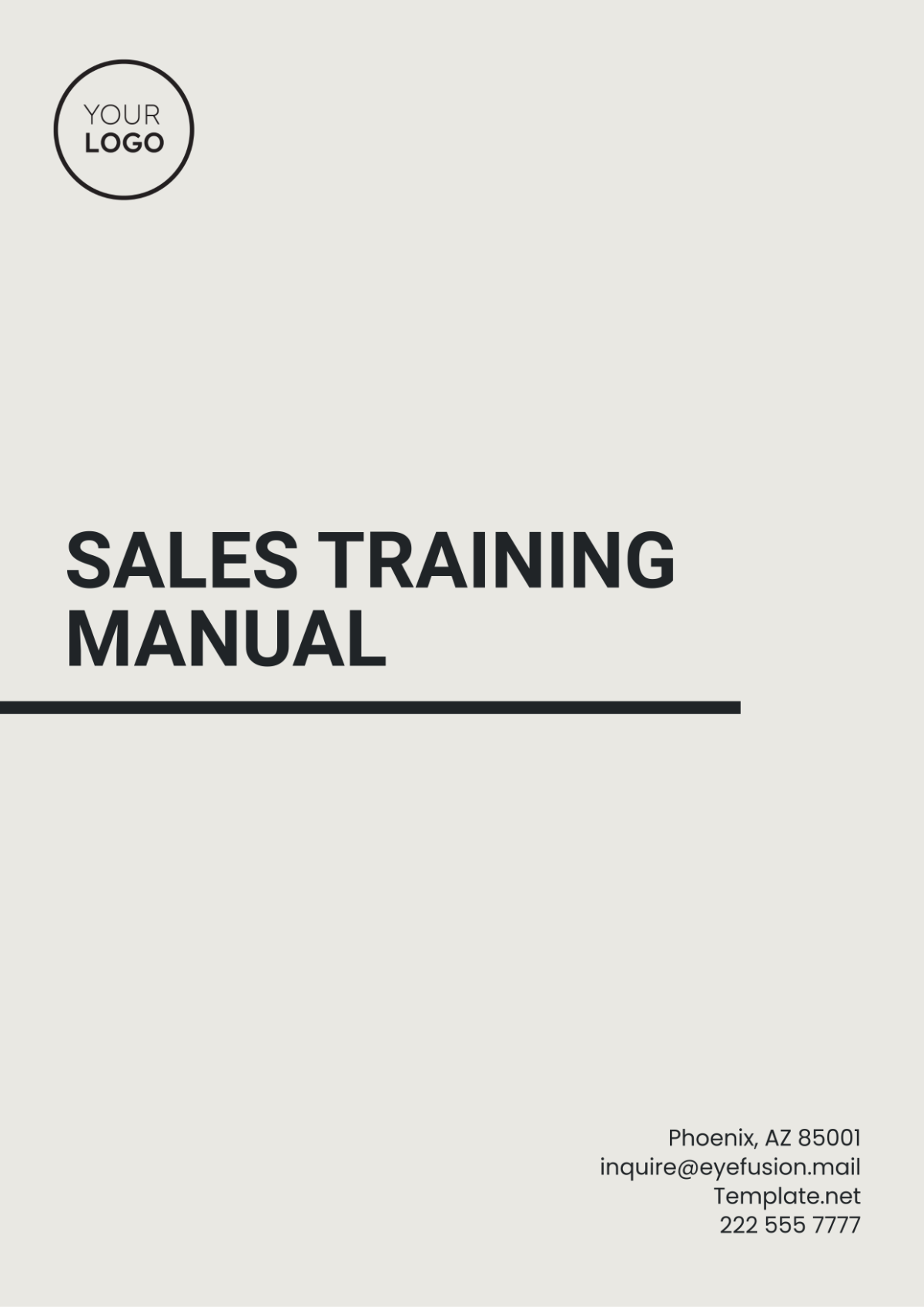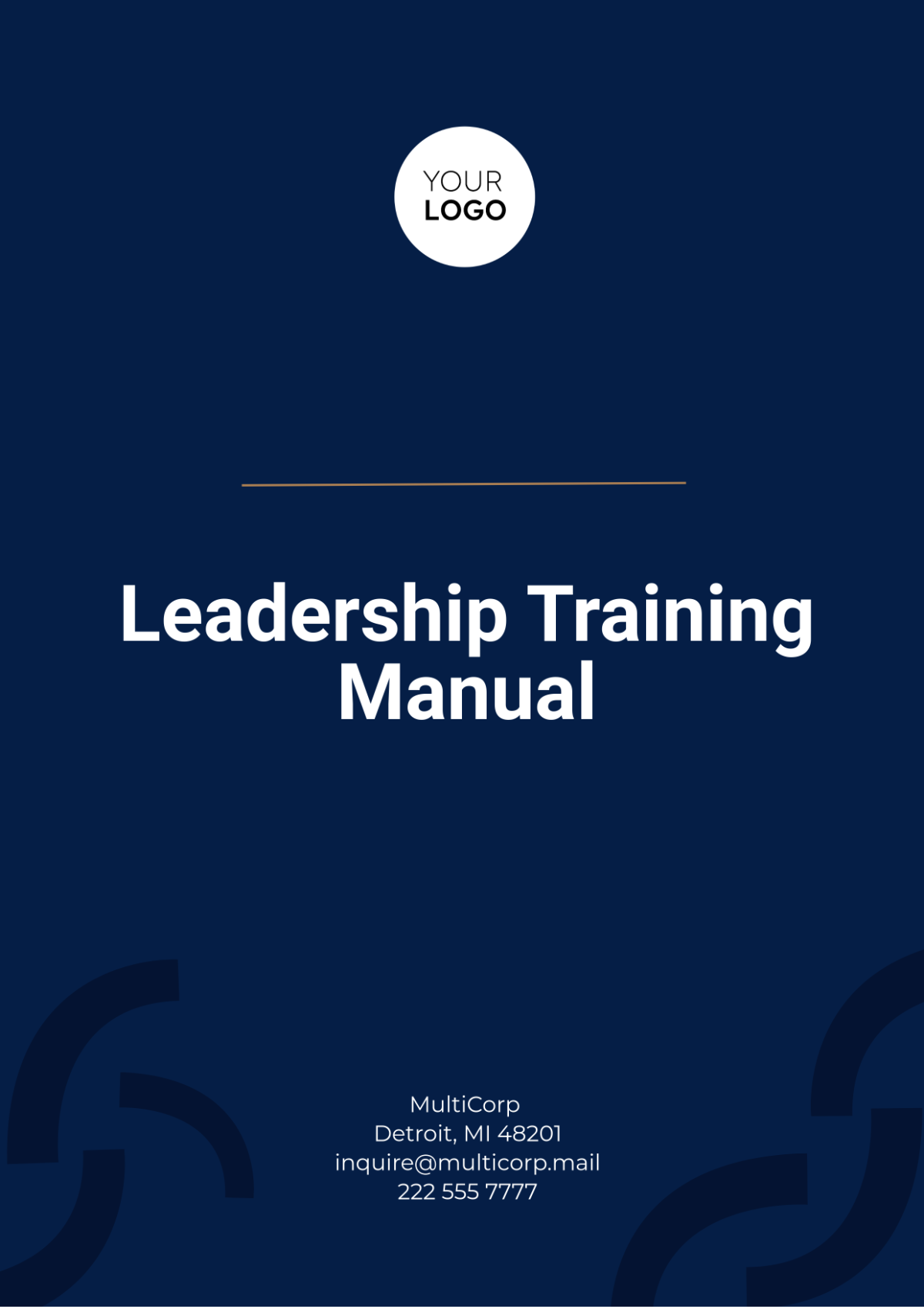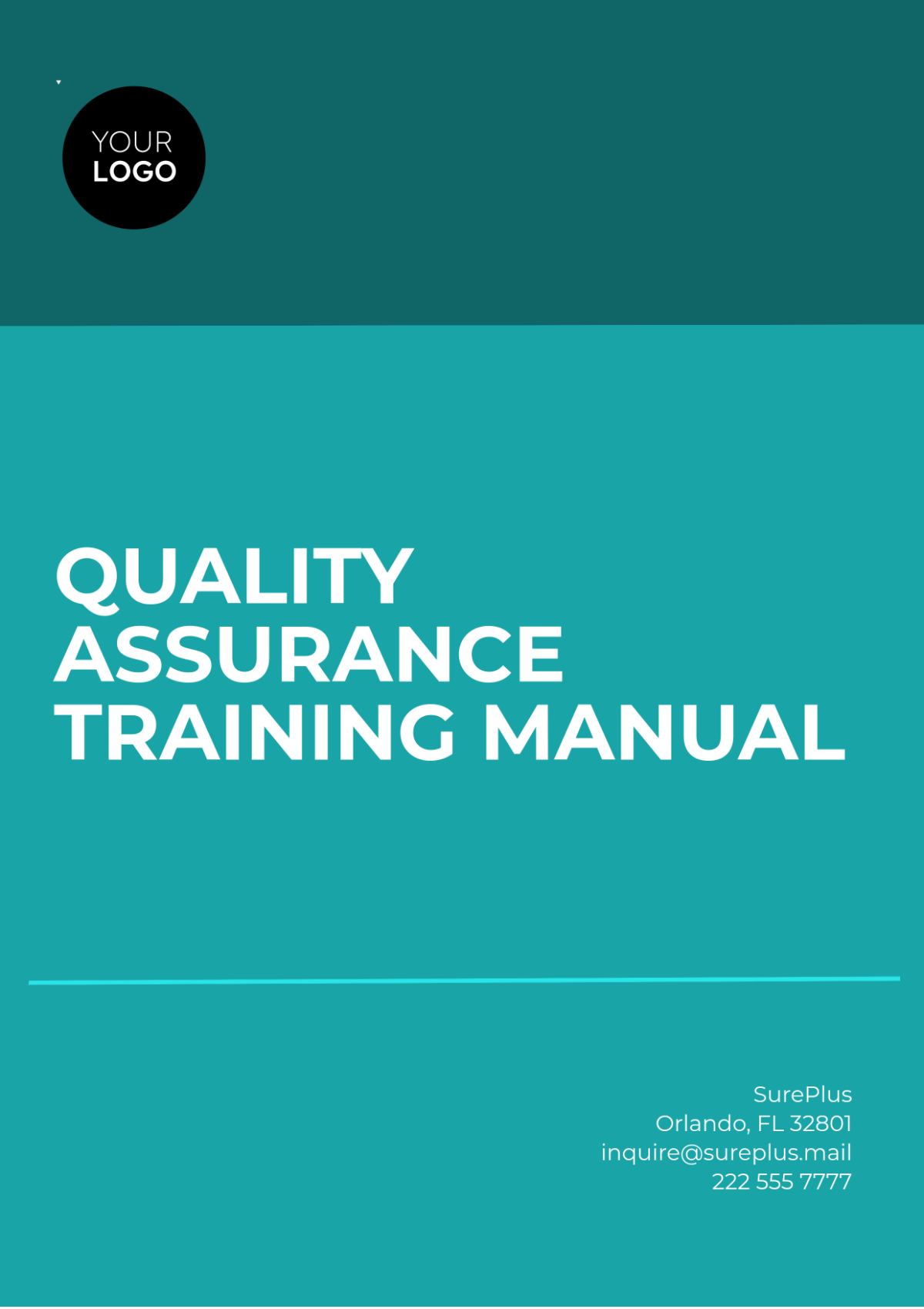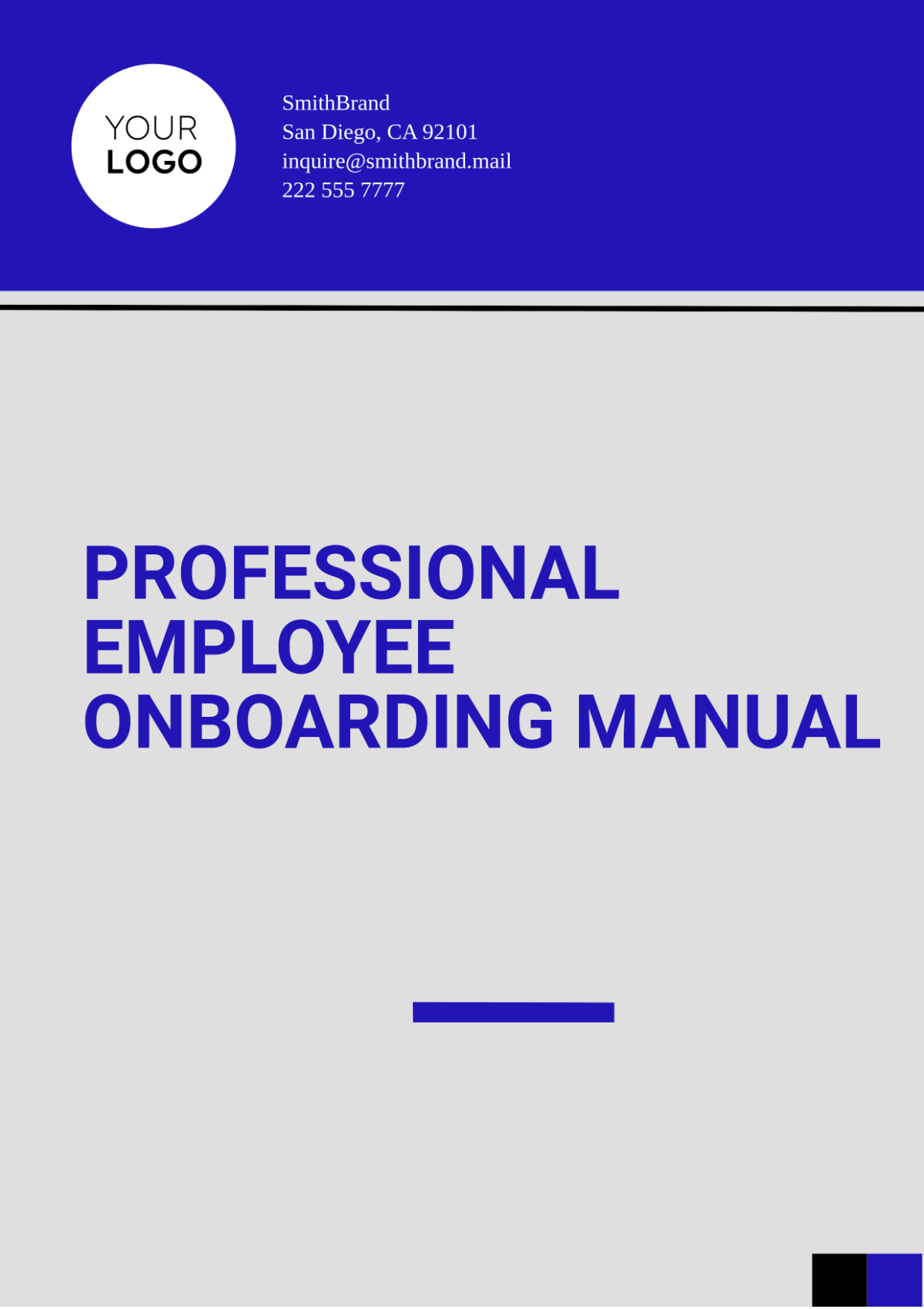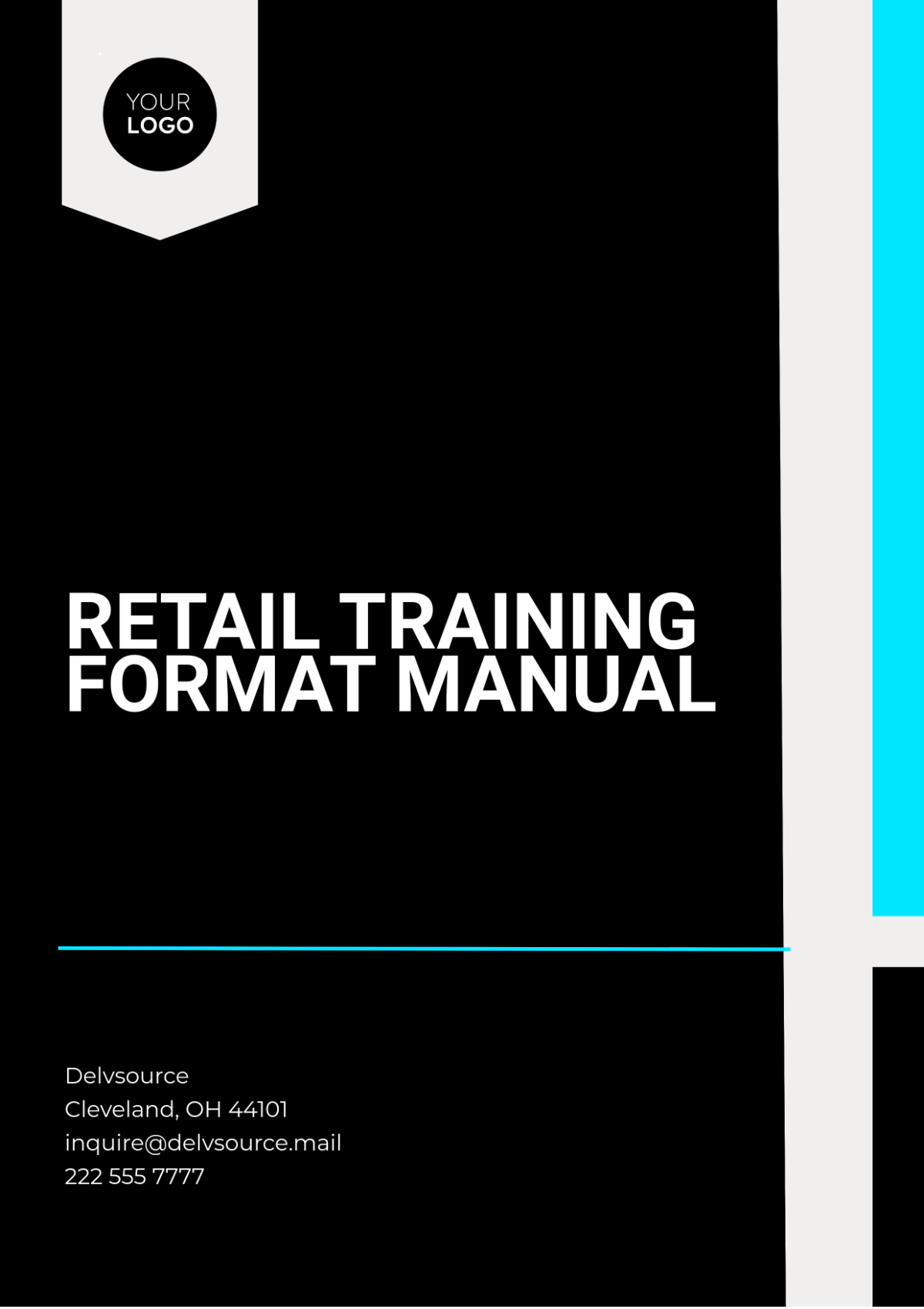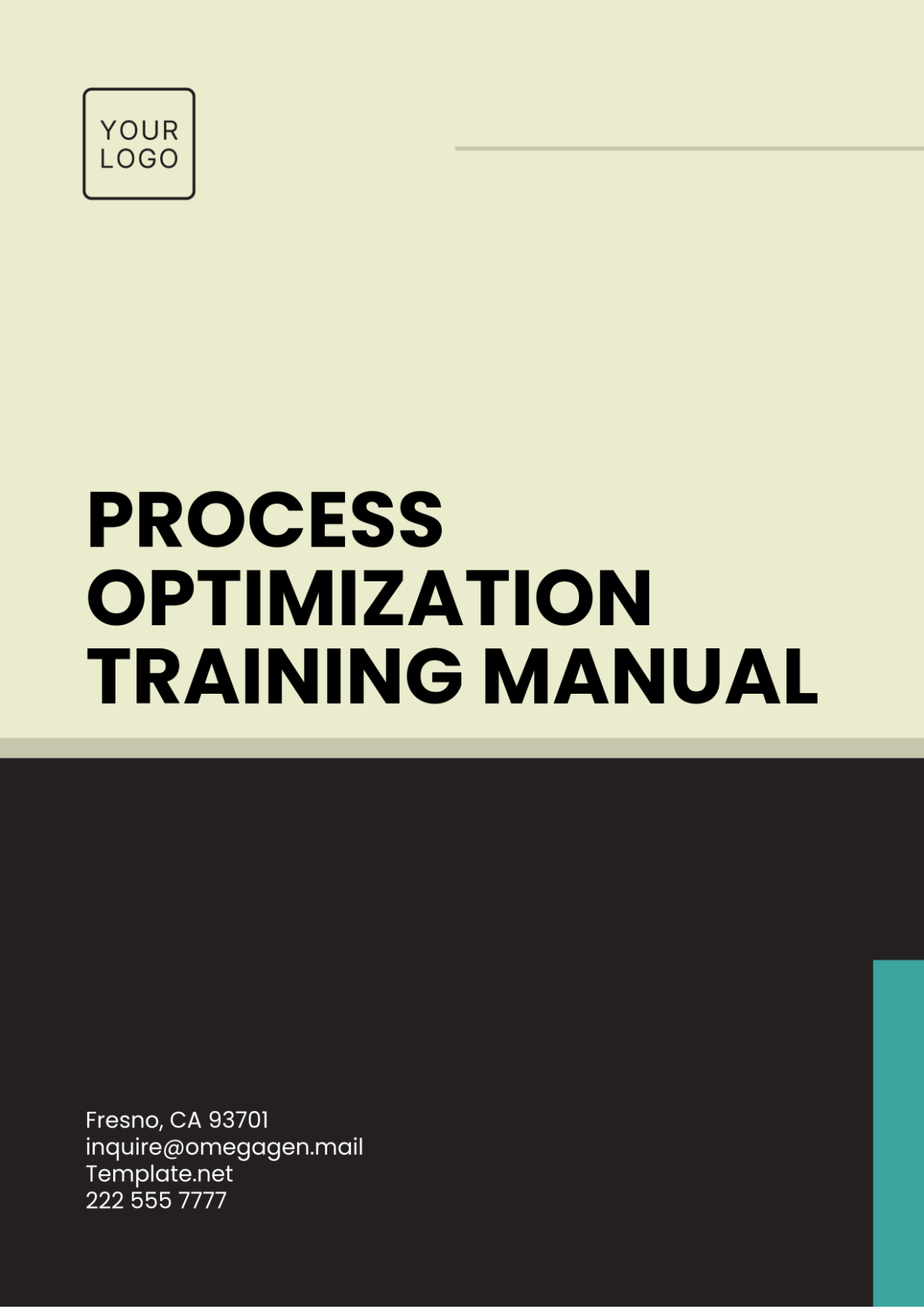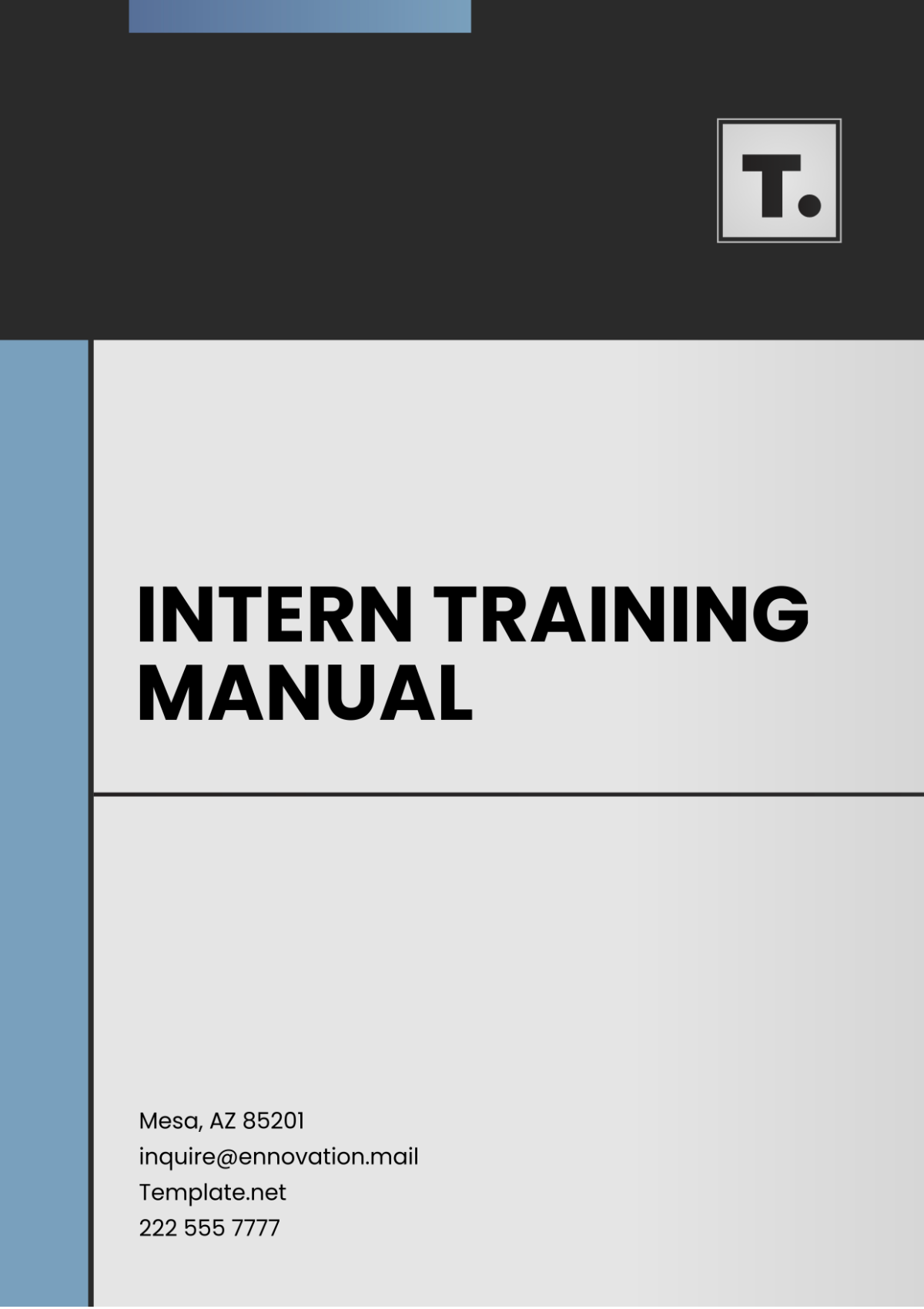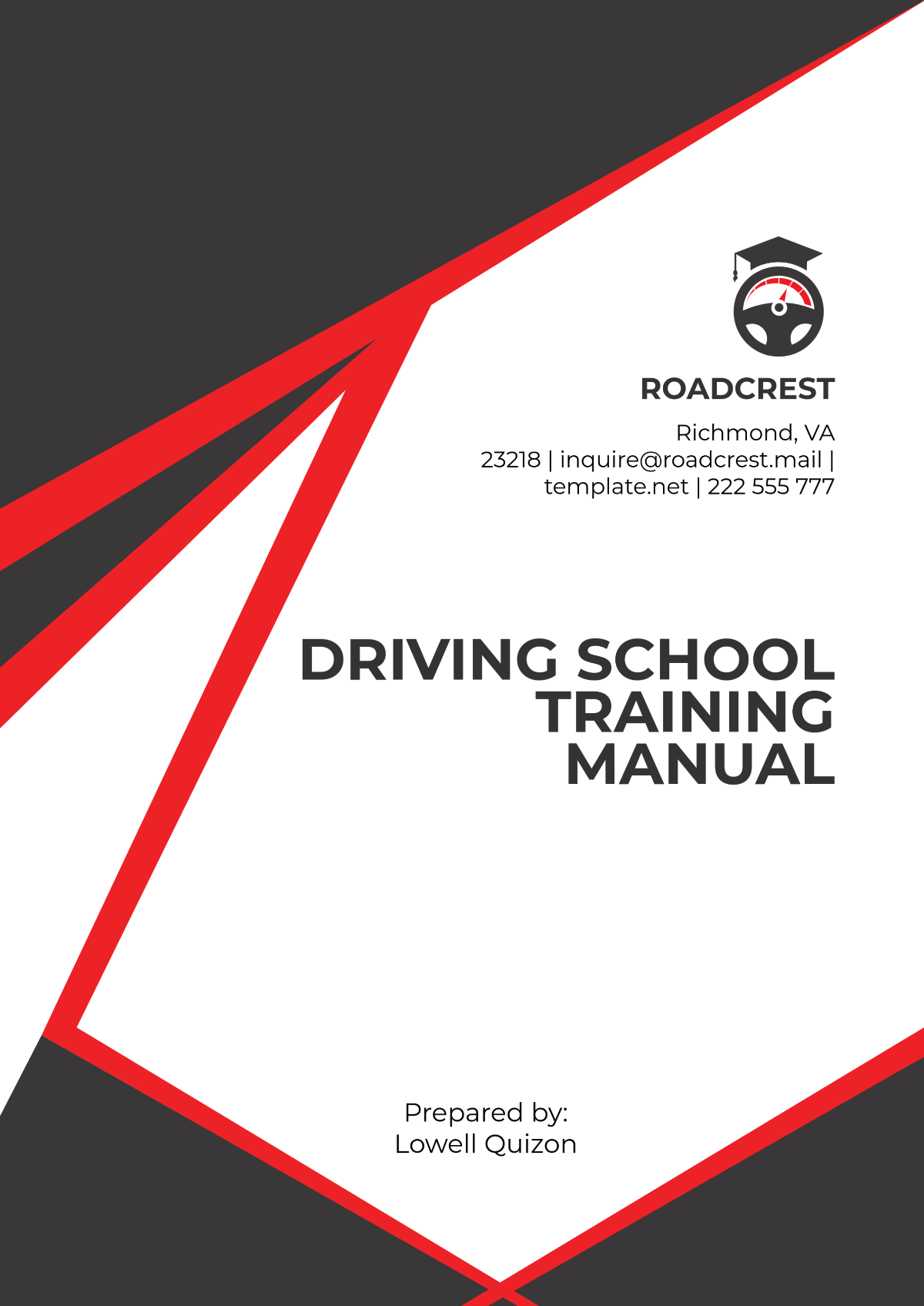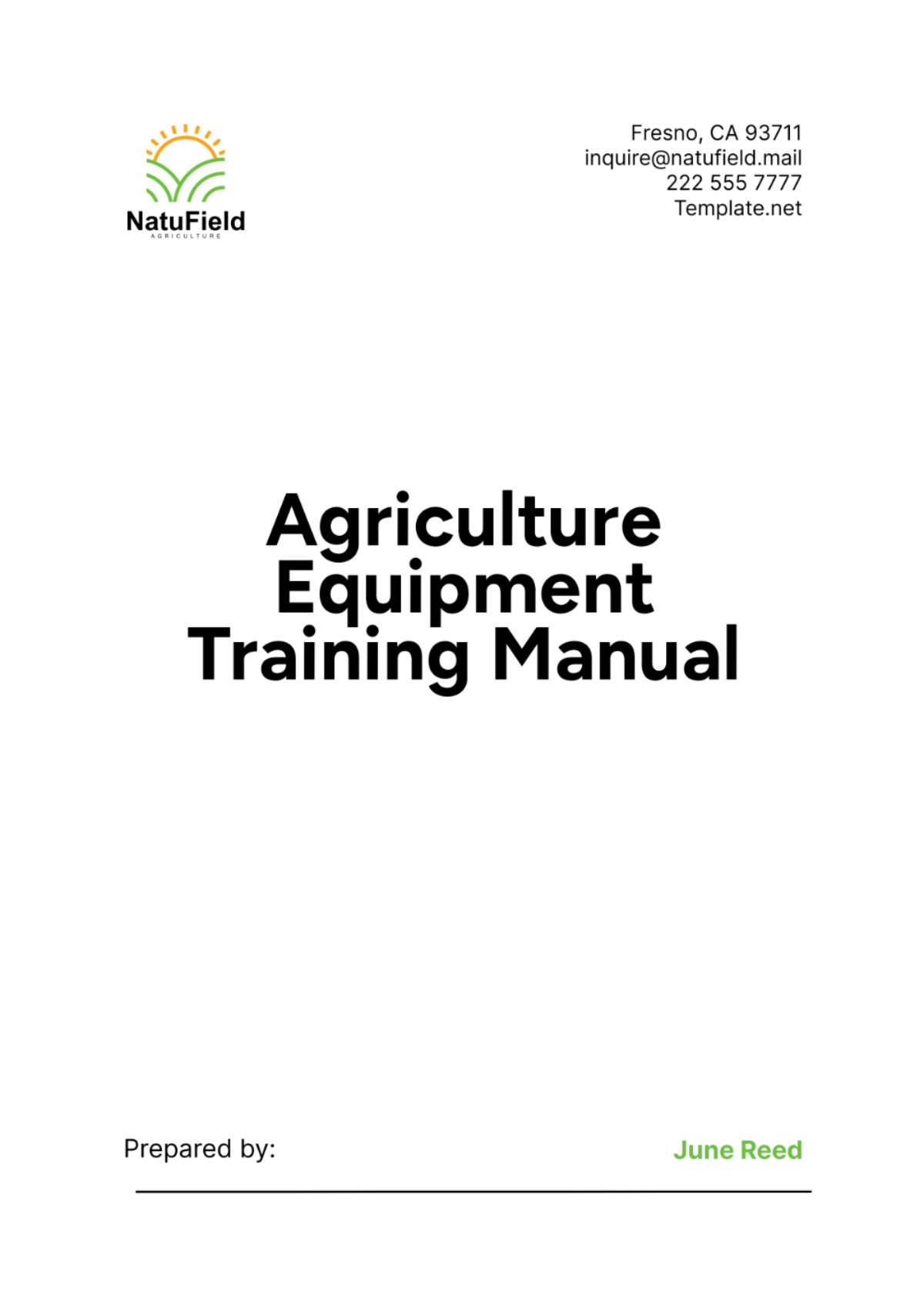Accounts Training Manual
Introduction
A. Purpose of the Manual
This Accounts Training Manual aims to equip employees with the necessary knowledge and skills to effectively navigate and manage financial transactions within [Your Company Name]. It serves as a comprehensive guide for individuals involved in accounting functions, ensuring a standardized approach to financial processes.
B. Target Audience
This manual is designed for employees at all levels who handle financial transactions, including accounting staff, managers, and other relevant personnel. It provides foundational knowledge for those new to accounting practices and serves as a reference for experienced professionals.
C. Scope and Objectives
The scope of this manual covers fundamental accounting concepts, the use of accounting software, and specific processes within [Your Company Name] related to accounts payable, accounts receivable, budgeting, taxation, and reporting. The primary objectives include promoting consistency, accuracy, and efficiency in financial management.
Basic Accounting Concepts
A. Definition of Accounting
Accounting is the systematic process of recording, summarizing, and analyzing financial transactions of a business. It involves the preparation of financial statements to provide insight into the financial health and performance of an organization.
B. Principles of Accounting
Key accounting principles guide financial reporting. These principles include the Generally Accepted Accounting Principles (GAAP), ensuring consistency and comparability in financial statements.
C. Double-Entry Accounting System
[Your Company Name] follows the double-entry accounting system, where every transaction has equal and opposite effects on at least two accounts. This ensures the accounting equation (Assets = Liabilities + Equity) is always in balance.
D. Chart of Accounts
The chart of accounts is a comprehensive list of all accounts used by [Your Company Name]. It organizes financial transactions into categories, facilitating accurate recording and reporting.
Financial Statements
A. Income Statement (Profit and Loss Statement)
The Income Statement provides a detailed overview of [Your Company Name]'s financial performance during a specific period, typically a month, quarter, or year. It is a key document for assessing the company's ability to generate revenue and manage expenses.
Example:
Revenue: | [$2,500,000] |
B. Balance Sheet
The Balance Sheet presents [Your Company Name]'s financial position at a specific point in time, offering a snapshot of its assets, liabilities, and equity. It is a crucial tool for understanding the company's overall financial health.
Example:
Assets: | |
|---|---|
Cash: | [$500,000] |
C. Cash Flow Statement
The Cash Flow Statement details the inflow and outflow of cash over a specified period. It provides insights into the sources and uses of cash, helping [Your Company Name] manage liquidity effectively.
Example:
Operating Activities: | |
|---|---|
Cash from Sales: | [$2,300,000] |
D. Understanding Financial Ratios
Financial ratios offer a deeper analysis of [Your Company Name]'s performance. Key ratios include:
Profit Margin: Net Income / Revenue
Example: Profit Margin = $800,000 / $2,500,000 = 32%
Return on Assets (ROA): Net Income / Average Total Assets
Example: ROA = $800,000 / (($500,000 + Previous Total Assets) / 2)
Debt-to-Equity Ratio: Total Debt / Equity
Example: Debt-to-Equity Ratio = ($200,000 + $400,000) / $950,000
Accounting Software Training
A. Overview of Accounting Software
Accounting Software is the primary tool used by [Your Company Name] for financial management. It streamlines accounting processes, offering features for recording transactions, generating financial reports, and ensuring compliance with accounting standards.
B. Navigating the Dashboard
Employees will become familiar with the Accounting Software dashboard, where key financial information is accessible. This includes the status of accounts payable and receivable, financial statements, and other relevant data.
C. Entering Transactions
Detailed guidance on entering various transactions, such as sales, purchases, and expenses, will be provided. Employees will learn to input accurate data to maintain the integrity of [Your Company Name]'s financial records.
Example:
Sales Transaction: | |
|---|---|
Customer: | [Customer Name] |
Date: | [Date] |
Amount: | [$10,000] |
D. Generating Reports
[Your Company Name] emphasizes the importance of generating accurate and timely reports. Training will cover the process of creating financial reports using [Accounting Software Name], including income statements, balance sheets, and cash flow statements.
Accounts Payable
A. Vendor Management
Efficient vendor management is essential for [Your Company Name]'s financial well-being. We establish and maintain strong relationships with our vendors to ensure a smooth procurement process. Each vendor is assigned a unique identification code for accurate record-keeping.
B. Purchase Orders and Invoices
All purchases are initiated through a formal Purchase Order (PO) system. Upon delivery of goods or services, vendors submit invoices. [Your Company Name] verifies each invoice against the corresponding PO, ensuring accuracy and completeness.
C. Payment Processing
Payments to vendors are processed systematically. [Your Company Name] follows a set payment schedule to manage cash flow effectively. Payments are made via [Your Company Name]'s designated bank accounts, and a confirmation receipt is maintained for each transaction.
D. [Your Partner Company Name] Transactions
In cases where [Your Company Name] engages in transactions with [Your Partner Company Name], additional procedures may apply. These transactions are documented in accordance with established protocols and may involve unique considerations.
Accounts Receivable
A. Customer Management
Customer relationships are paramount at [Your Company Name]. Each customer is assigned a unique identification code for effective communication and transaction tracking. [Your Company Name] maintains a customer database with relevant contact information.
B. Invoicing Procedures
Invoicing is a critical step in the revenue generation process. [Your Company Name] issues detailed invoices to customers for products or services rendered. Invoices include essential details such as itemized charges, payment terms, and a unique invoice number.
C. Credit Control
To manage credit risk, [Your Company Name] implements credit control measures. Credit limits are established for each customer, and creditworthiness is regularly assessed. Delinquent accounts are addressed promptly to minimize financial risk.
D. Handling Client Transactions
For specific clients, subscribers, or users, customized procedures may be in place. These could include unique invoicing terms, special credit arrangements, or considerations based on the nature of the business relationship.
Budgeting and Forecasting
A. Importance of Budgeting
Budgeting is a fundamental aspect of financial planning at [Your Company Name]. It allows us to set financial goals, allocate resources effectively, and measure performance against predetermined targets. A well-structured budget is crucial for achieving financial stability and growth.
B. Creating Budgets in [Your Company Name]
[Your Company Name] utilizes a collaborative approach to create budgets. Each department contributes to the budgeting process, outlining anticipated expenses and revenue projections. The budget is reviewed regularly to accommodate changes in the business environment.
C. Monitoring and Adjusting Budgets
Continuous monitoring of actual performance against the budget is essential. Variances are analyzed, and corrective actions are taken if necessary. Regular budget reviews enable [Your Company Name] to adapt to dynamic market conditions and ensure financial goals are met.
Taxation Basics
A. Corporate Taxes
[Your Company Name] complies with all relevant tax regulations. Corporate taxes are calculated based on the company's taxable income. [Your Company Name] works with tax professionals to ensure accurate and timely filing of tax returns.
B. Sales Taxes
For sales transactions, [Your Company Name] adheres to applicable sales tax regulations. Sales tax is collected and remitted to the appropriate tax authorities. Accurate record-keeping is maintained to facilitate seamless sales tax reporting.
C. [Your Company Name] Compliance
[Your Company Name] places a high emphasis on compliance with tax laws and regulations. Regular updates on changes in tax codes are communicated, and internal controls are in place to ensure accurate reporting and filing.
Internal Controls and Auditing
A. Importance of Internal Controls
Internal controls are integral to [Your Company Name]'s financial management strategy. They safeguard against errors, fraud, and inefficiencies. [Your Company Name] implements a system of checks and balances to ensure the reliability of financial reporting and compliance with policies.
B. Audit Trails and Documentation
A robust audit trail is maintained for all financial transactions. [Your Company Name] employs secure software systems that track changes, ensuring transparency and accountability. All financial documentation, including invoices, receipts, and approvals, is systematically organized for audit purposes.
C. [Your Company Name] Audit Procedures
Regular internal and external audits are conducted to assess [Your Company Name]'s financial controls and compliance. Internal auditors review financial records, test controls, and provide recommendations for improvement. External audits are performed by certified audit firms to ensure impartial assessments.
Reporting and Analysis
A. Customizing Reports
[Your Company Name] utilizes advanced reporting tools to generate customized financial reports. These reports provide detailed insights into various aspects of the business, allowing stakeholders to make informed decisions.
B. Financial Analysis Techniques
Financial analysis involves interpreting financial data to assess [Your Company Name]'s performance. Techniques such as ratio analysis, trend analysis, and benchmarking are employed to evaluate profitability, liquidity, and overall financial health.
C. [Product Name] Financial Performance
For specific products or events, financial performance is closely monitored. [Your Company Name] assesses the return on investment, revenue generated, and expenses incurred to evaluate the success and profitability of each venture.
